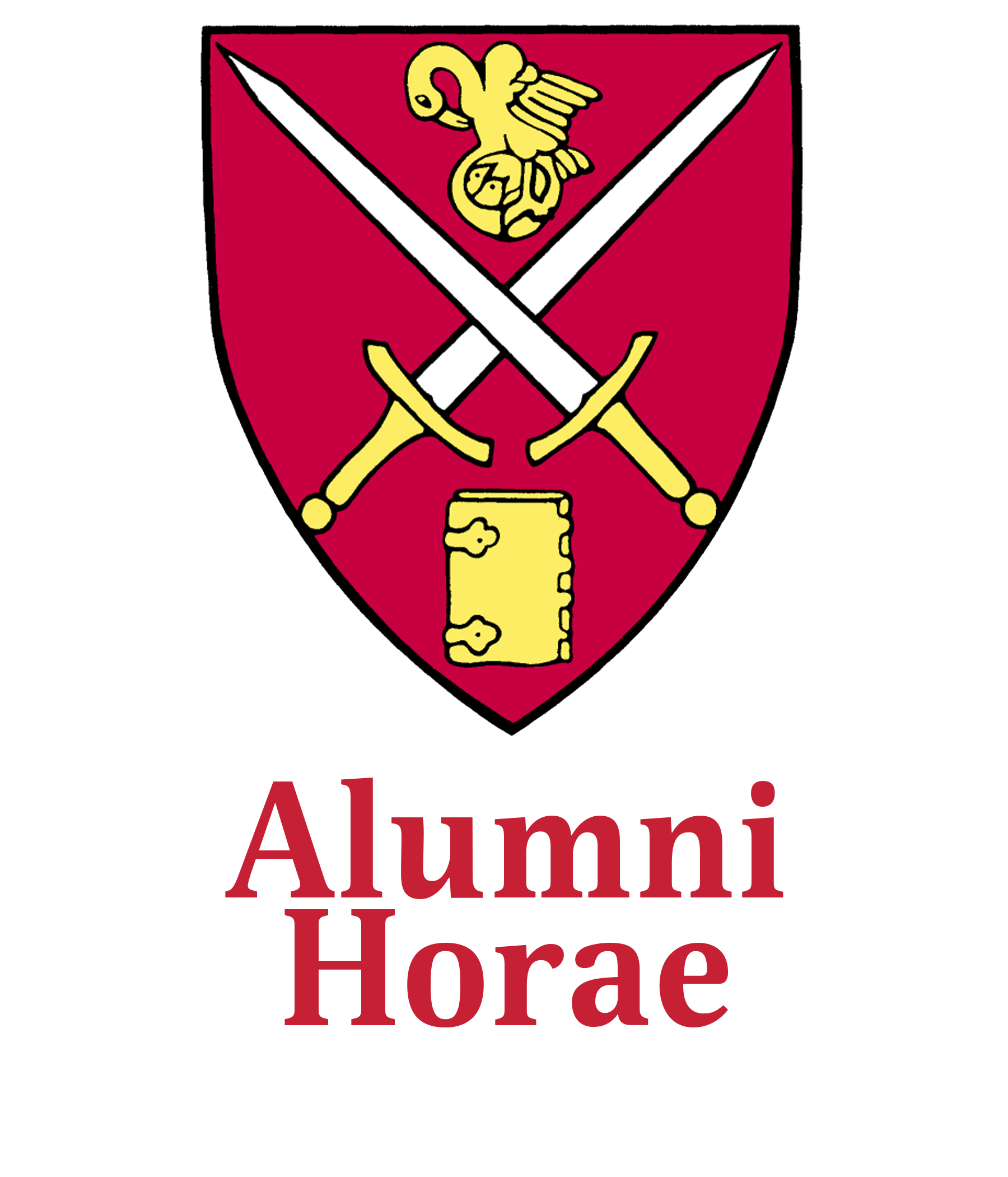Profile: Competing to Help
As pioneers of COVID Trace, Andrew Bleiman ’98 and partners work to help public health officials identify and stop virus outbreaks.
Jana F. Brown
Imagine if there was a way to know if someone you had come into contact with had tested positive for COVID-19. And not just a family member with whom you have been sharing close quarters, but a stranger who may have stood mere feet from you at a restaurant or in another public setting. Now imagine all of this could be done anonymously.
The world is accumulating a new vocabulary as the novel coronavirus navigates its way around the globe – social distancing, flattening the curve, contact tracing. The latter is what Andrew Bleiman ’98 is doing his best to work into the common vernacular. For the last few months, Bleiman has been collaborating with partners in his hometown of Seattle to spread the word about COVID Trace, a contact tracing app that works via Bluetooth to connect users’ phones when they intersect with one another. The app communicates by adding a randomized code on each phone to create an anonymous record of crossed paths. If a user subsequently tests positive for COVID, he or she can voluntarily indicate that in the app, which would then broadcast a warning to any of the individuals whose phones have interacted with the infected person’s phone.
“There’s a lot of utility in digital contact tracing,” says Bleiman, whose background includes heading up strategy for the technology division of Vulcan, the company owned by Microsoft co-founder Paul Allen. Bleiman became involved with COVID Trace when he learned that two acquaintances, brothers Dudley and Wes Carr, had developed the technology and needed help getting the word out to state COVID task forces. Bleiman is well networked in Seattle’s tech community, and volunteered to help the Carrs.
“We have seen success in this sort of contact tracing in China, South Korea, and Taiwan,” says Bleiman, “but we also recognized that the way it’s done there would not work in the U.S. or Europe because of privacy concerns.”
The way COVID Trace differs from the aggressive tracking done in some other countries is that no personally identifying information is captured, saved, or shared with users or governments. What COVID Trace does is alert a user if he or she has been exposed to coronavirus without identifying who, when, or where. But it will also recommend next steps; first and foremost consulting one’s healthcare provider for further guidance, and funneling those who have been warned of virus exposure through the COVID Trace app into the more traditional mode of manual contact tracing.
Bleiman serves as a volunteer advisor to the Carr brothers. He’s been communicating with public health officials at the state and local level and has reached out to dozens of governors. He’s gotten assistance from his SPS network in the process, including Charles Scribner ’00, who connected him with the University of Alabama’s School of Public Health system; Peter Sununu ’98, brother of New Hampshire Governor Chris Sununu; medical researcher Taylor Schreiber ’98, who has links in Veterans Affairs; and Kendall Krause ’97, M.D., M.P.H., who works at the Gates Foundation, which is leading some of the COVID-19 testing efforts in Washington state. Dodd Loomis ’97, a live events producer currently stationed in Louisiana, was a link to Governor John Bel Edwards. COVID Trace, reiterates Bleiman, is a smart and elegant, privacy-sensitive solution for health officials to consider. It’s open source, which makes the technology shareable (and copyable). The app is not designed as a money- making venture, but intended as a philanthropic effort.
“There is an outpouring of this type of pro bono work being done right now,” Bleiman says. “Everyone is competing to help.” While skeptics may question whether COVID Trace is an incarnation of “big brother,” Bleiman shares that Google and Apple have set up API (application programming interface) that restricts how data in an app can be requested and used. Under those restrictions, built as another layer of privacy, COVID Trace can only be launched by state departments of health or through federal agencies, such as the CDC or VA. The API instituted by Apple and Google ensures that the app is able to communicate, even with strangers, in close proximity.
“You may not know if it was someone at a restaurant or on the bus or a parent at school,” says Bleiman. “But digital contact tracing is meant to be complementary to traditional tracing. It should push into the manual process people who might not otherwise have been notified of their exposure.”
Since contact tracing is an upwardly mobile method, often originating at the county level, the route for getting the digital technology out there is long and arduous. So far, COVID Trace is moving forward in Washington state, in collaboration with the University of Washington and Micro- soft, with an initial rollout on the University of Washington’s campus. Nantucket, Mass., Nevada, and the Department of Defense are also considering it.
College campuses and large employers are locations that could benefit right away from digital contact tracing. If widely used in those settings, outbreaks could be identified and mitigated swiftly. “Right now, states have a one-size-fits-all solution because we can’t target outbreaks,” says Bleiman. “Digital contact tracing is the fastest tool to get people who may have been exposed into the pipeline to talk to a healthcare worker and take the right next steps; the first step is getting it out there.”
If you or anyone you know can help Andrew Bleiman ’98 and COVID Trace in their efforts to mitigate the coronavirus pandemic, please e-mail him at andrew@covidtrace.com.

